Although it’s unusual for wild animals to attack if unprovoked, there have been enough recorded instances of injury and death to send a shiver up the spine of even the bravest adventurers. But don’t let it put you off your safari just yet; for the most part you needn’t worry if you’re visiting a recognized game park. Here’s a list of ten of the world’s most dangerous animals and some tips on where you can find them (so the adventure-seekers can track them down and the skeptical can steer clear!).
Hippo
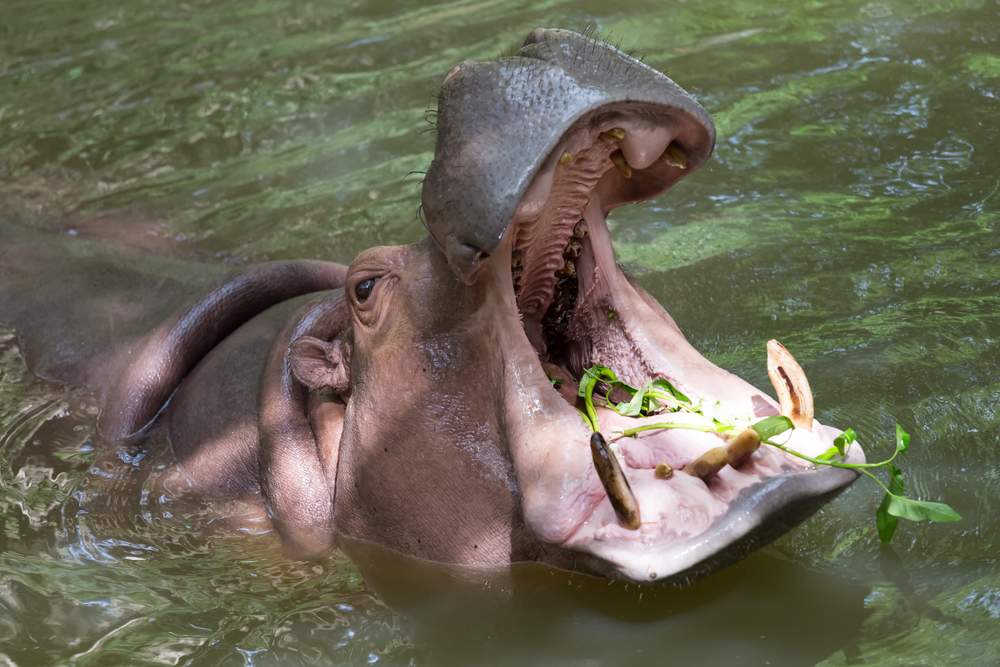
To be fair you only really need to be worried if you’re wandering around an unfenced game reserve camp in the middle of the night, or cruising down a hippo-infested river channel in a wonky canoe. But, my advice is to keep your distance. Territorial creatures packing canine teeth measuring in excess of 60 centimeters are best viewed from afar!
If you’re keen to check out these awesome animals, the biggest populations can be found in East African countries such as Tanzania, Zambia, and Mozambique. You’ll also find them in the waterways of many other African countries such as Botswana, South Africa or Zimbabwe. The Zambezi River is well-known for its high hippo concentration, so be sure to visit Mana Pools National Park in Zimbabwe or take a trip to Zambia and check out the Lower Zambezi or South Luangwa national parks.
>> Plan a safari trip to Botswana and Zambia
Indian Cobra

If that hasn’t put you off, you’ll find these beautiful snakes in the jungles, plains, fields, urban cities and snake-charmer’s baskets (during the Nag Panchami festival) across India, Bangladesh, Sri Lanka and Pakistan.
>> Visit Kanha National Park in India
Polar Bear
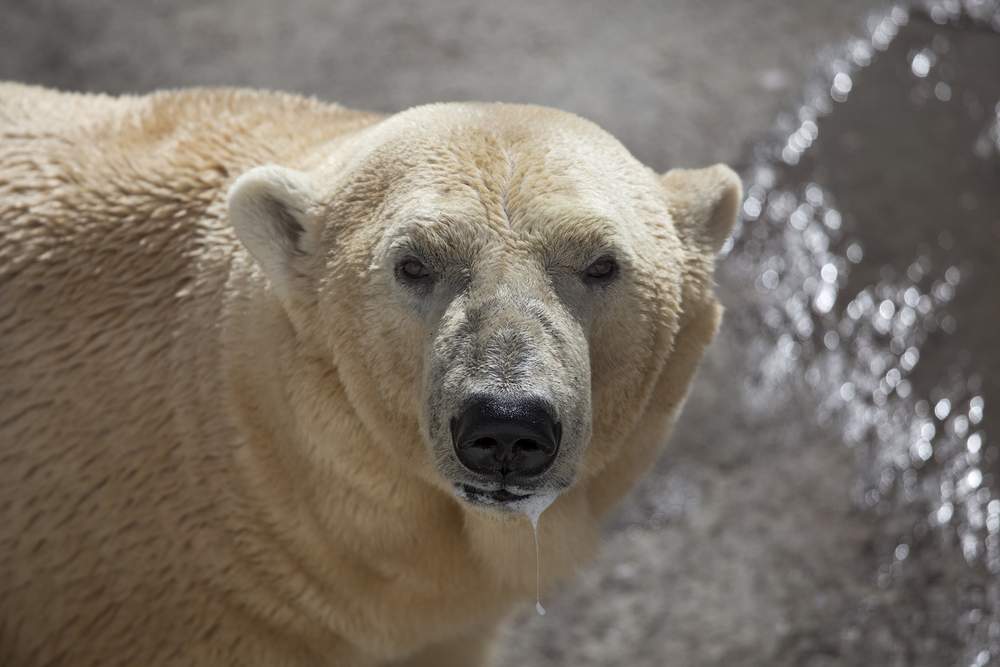
Polar bears can be found throughout the Arctic, from Canada to Norway and some parts of the US. There are a number of tour operators that conduct trips into the Arctic regions. If you’d like to jump aboard a vessel filled with intrepid adventurers, why not join a National Geographic Expedition to the Arctic.
>> Check out some of the best wildlife experiences you can have
Saltwater Crocodile
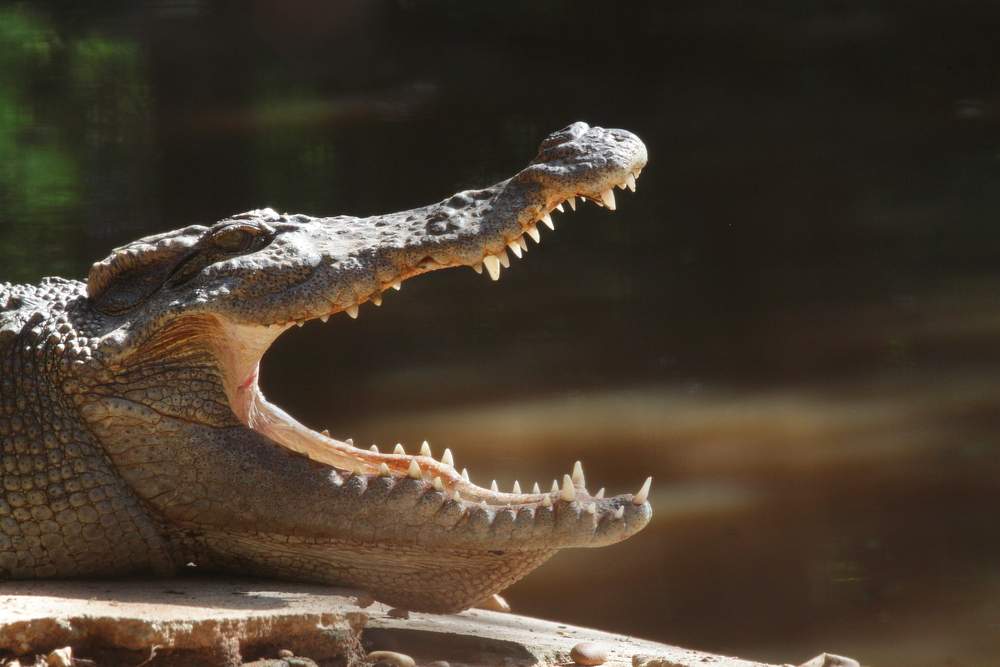
With a weight of at least 1000 kilograms (2200 pounds) and a length of over six meters, the saltwater crocodile is the largest reptile in the world. These apex predators are remarkably well-adapted to an aquatic lifestyle. A long muscular tail and webbed hind feet propel the crocodile through the water with ease, while the positioning of their nostrils, ears and eyes on top of their heads allows them to ambush their prey undetected. A flap of palatal skin at the back of their throats allows them to feed in the water and their incredibly powerful jaws make light work of even the toughest prey.
Clearly marked-out croc zones and strict regulation regarding swimming policies means that modern crocodile attacks on humans are quite rare. In fact, it is often the other way around as the crocodile’s fearsome reputation can result in an untimely death at the hands of ignorant humans. That said, it’s probably not a good idea to get too close – anything that has a trademark move called the “death roll” is probably best left alone.
As their name implies, the saltwater crocodile can typically be found in brackish waters near rivers or coasts. They have a wide distribution and inhabit coastal waters from Sri Lanka and the east coast of India through to southeast Asia and northern Australia. The latter has a thriving population of these prime predators where they are affectionately called ‘salties’. Make sure you plan a trip to Kakadu National Park where you’re bound to run into some impressive specimens. You could also settle for the slightly smaller (although no less impressive) Nile crocodile which you’ll find in watercourses across most of the African continent.
>> Read more about animals in Australia
Lion

Lions have been known to attack and kill humans, however, in many instances the lions in question were suffering from an ailment and were unable to tackle their conventional prey (such was the case with the infamous Tsavo brothers). However, terrifying tales of lion attacks are definitely enough to instill some fear regardless of how often they occur. In one such tale, three workers in South Africa’s Kruger National Park arrived back late from their weekend leave but managed to convince the gate guard to break the rules and let them ride their bicycles to camp. They began the nine kilometer journey unaware of the danger that lay waiting in the darkness. An emaciated, black-maned lion attacked the workers killing one of them and leaving the others with a memory they would not soon forget. The lion was tracked down by ranger Louis Olivier and shot dead as it tore at the half-eaten body of Kruger employee Louis Mathye.
But, don’t let tales of attacks put you off going to see these amazing cats; they should be admired, not feared for their predatory prowess. Lions are found in many African Game Parks, from Kenya’s Masai Mara to Botswana’s Moremi Game Reserve. The highest concentration is reputedly found in northern Tanzania or in South Africa’s Kruger National Park (especially around the Satara area).
>> Find the most affordable places for an African safari
African Buffalo
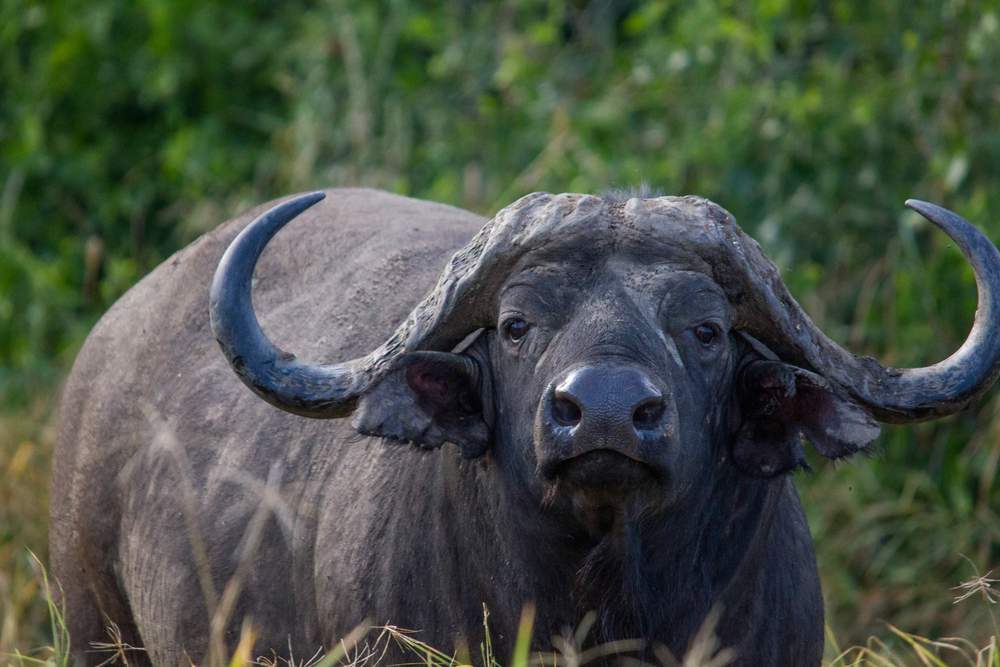
Buffaloes are imposing, formidable grazers with thick horns and an unmistakable stare. Hunters included the buffalo in their famous Big Five list, as these bulky creatures proved very dangerous to hunt, especially if they are wounded.
The buffalo’s range is fairly extensive and they are well-represented in parks across sub-Saharan Africa including the Serengeti and Kilimanjaro national parks in Tanzania, the Masai Mara Game Reserve in Kenya and the Kruger National Park in South Africa.
>> Plan a cheap trip to Kruger National Park
Box Jellyfish or Sea Wasp
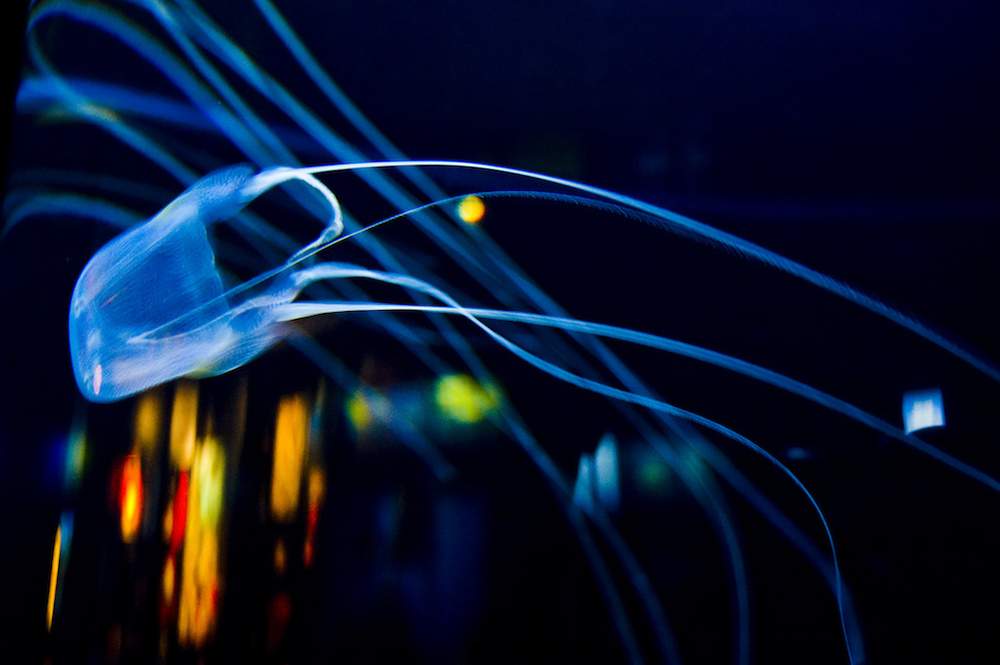
>> Learn about great diving spots around the world
Fat-tailed Scorpion
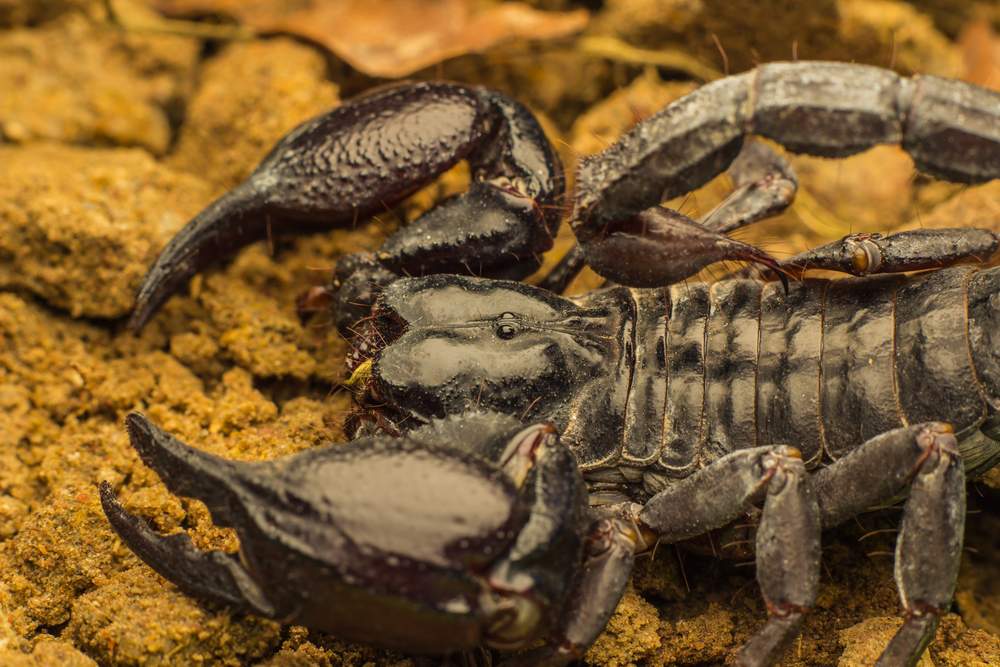
One of the reasons this scorpion is considered dangerous is because of its proximity to human habitations. Unfortunately, the species are often found hiding in the cracks of walls made from stone or brick. If you’re an arachnid aficionado and want to track down one of these powerful little predators, you’ll find various species distributed across many countries in Asia and North Africa including Algeria, Chad, Egypt, Libya, Sudan, India, Israel, Saudi Arabia and Yemen.
Elephants

Unfortunately, human encroachment into elephant territory has resulted in many instances of conflict. It has been reported that approximately 300 people were killed by elephants in the Indian state of Jharkhand between 2000 and 2004. Some theorists even postulate that attacks on humans by elephants stem from a legacy of severe trauma fuelled by culling, poaching and habitat loss.
Nonetheless, encountering a herd of elephants on safari is a thrilling and wonderful experience. If it’s African elephants you’re after, you have a choice of 37 Sub-Saharan countries including Botswana, The Democratic Republic of Congo, Kenya, Tanzania, Zambia, Zimbabwe and South Africa. Tanzania’s Ruaha and Tarangire national parks are known for their high concentrations of elephants, as is the Chobe National Park in Botswana. Asian elephants can be found in Bangladesh, Bhutan, Cambodia, China, India, Indonesia, Lao People’s Democratic Republic, Malaysia, Myanmar, Nepal, Sri Lanka, Thailand and Vietnam. India has the highest population of elephants on the continent. Some of the parks worth checking out include Kaziranga, Periyar and Palamau.
>> See exotic animals you can ride
Mosquito

>> Read our guide to avoiding malaria
Read more about animals around the world:
- Seven Endangered Species You Can Find Outside a Zoo
- 7 Ways to Work with Wildlife
- The Best Places in the World to Learn About Marine Life
Photos by: Sudtawee Thepsuponkul , Mark Bridger , TUM2282 , sivanadar , Lookingforcats , Baranov E , Alexandra Roberts, wasanajai , kikujungboy, , kApOMnOi , nattanan726